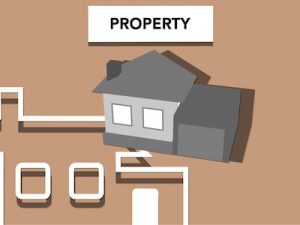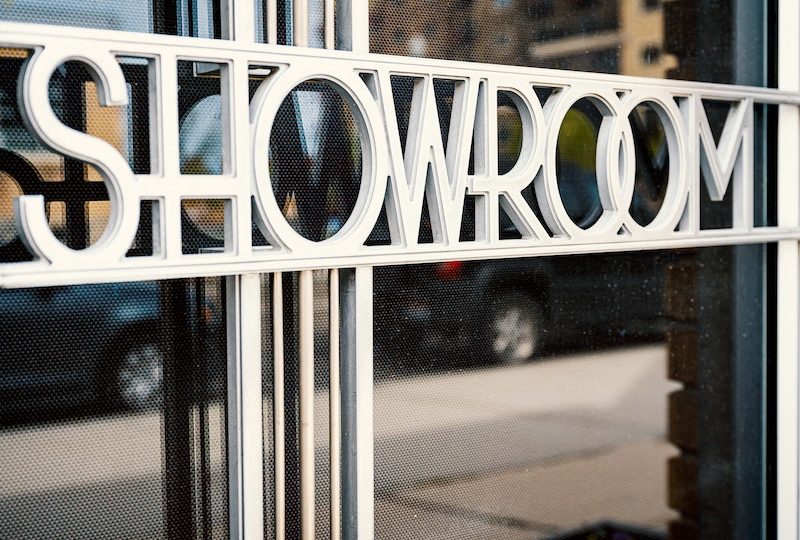Selling a home can be a complex and emotional process, but with the right knowledge and approach, it can also be a lucrative one. In this comprehensive guide, we’ll share expert tips and strategies for pricing your home, preparing it for sale, marketing it effectively, and negotiating with potential buyers. We’ll also explore common pitfalls to avoid, such as overpricing or neglecting to disclose important information. Whether you’re a first-time seller or an experienced one, this guide will give you the tools you need to maximize your home’s value and close the deal with confidence.
 Selling a home is a major financial and emotional decision that requires careful consideration and preparation. It can be a complex and stressful process, but with the right knowledge and approach, it can also be a lucrative one. In this comprehensive guide, we’ll share expert tips and strategies for pricing your home, preparing it for sale, marketing it effectively, and negotiating with potential buyers. We’ll also explore common pitfalls to avoid, such as overpricing or neglecting to disclose important information. Whether you’re a first-time seller or an experienced one, this guide will give you the tools you need to maximize your home’s value and close the deal with confidence.
Selling a home is a major financial and emotional decision that requires careful consideration and preparation. It can be a complex and stressful process, but with the right knowledge and approach, it can also be a lucrative one. In this comprehensive guide, we’ll share expert tips and strategies for pricing your home, preparing it for sale, marketing it effectively, and negotiating with potential buyers. We’ll also explore common pitfalls to avoid, such as overpricing or neglecting to disclose important information. Whether you’re a first-time seller or an experienced one, this guide will give you the tools you need to maximize your home’s value and close the deal with confidence.
Preparing to Sell Your Home
Before putting your home on the market, it’s important to take the time to properly prepare it for sale. This involves a number of key steps, including determining your home’s market value, making any necessary improvements to increase its value, and preparing it for showings.
Determining Your Home’s Market Value
One of the first and most important steps in preparing your home for sale is determining its market value. This involves taking into account a number of factors, including your home’s location, size, age, and condition, as well as current market conditions and recent sales of comparable homes in your area.
To determine your home’s market value, you can start by researching recent sales of comparable homes in your area. Online real estate websites like Zillow and Redfin can provide you with a rough estimate of your home’s value based on recent sales and other factors. However, it’s important to keep in mind that these estimates are often based on incomplete or outdated information and may not accurately reflect your home’s true value.
For a more accurate estimate of your home’s market value, you can hire a professional appraiser or work with a real estate agent who has experience in your local market. An appraiser will evaluate your home’s condition, location, and other factors to provide you with an official appraisal report that you can use to set your asking price. A real estate agent can also provide you with a Comparative Market Analysis (CMA), which will give you an estimate of your home’s value based on recent sales of similar homes in your area.
Home Improvements to Increase Value
Once you’ve determined your home’s market value, you may want to consider making some improvements to increase its value and make it more attractive to potential buyers. Some of the most effective home improvements for increasing value include:
Kitchen and bathroom renovations: These are some of the most important rooms in a home and can have a big impact on its value. Upgrading your kitchen or bathroom with new appliances, countertops, cabinets, or fixtures can make your home more attractive to buyers and increase its value.
Landscaping: The exterior of your home is the first thing potential buyers will see, so it’s important to make a good impression. Simple landscaping improvements like planting flowers, trimming hedges, and adding a fresh coat of paint to your front door can make a big difference in how your home is perceived.
Energy-efficient upgrades: Energy-efficient features like solar panels, insulation, and efficient appliances can not only save you money on energy bills, but also increase your home’s value and appeal to environmentally conscious buyers.
Preparing Your Home for Showings
Once you’ve made any necessary improvements to your home, it’s important to prepare it for showings. This involves cleaning, decluttering, and staging your home to make it as attractive and welcoming as possible to potential buyers.
Some tips for preparing your home for showings include:
Deep clean your home: This involves cleaning every nook and cranny of your home, including floors, walls, ceilings, and appliances. Make sure your home is free of clutter and smells fresh and clean.
Depersonalize your space: Remove personal items like family photos, memorabilia, and personalized decor to allow potential buyers to envision themselves living in the space.
Stage your home: Arrange furniture and decor in a way that highlights your home’s best features and creates a warm, inviting atmosphere.
Make small repairs: Fix any minor issues like leaky faucets, squeaky doors, or loose cabinet handles to make your home appear well-maintained.
Marketing Your Home
Once your home is ready to be shown, it’s important to market it effectively to reach potential buyers. This involves creating an effective listing, taking professional photos, and implementing marketing strategies to reach the right audience.
Creating an Effective Listing
Your home’s listing is the first thing potential buyers will see, so it’s important to make it as attractive and informative as possible. Some tips for creating an effective listing include:
Highlight your home’s best features: Use descriptive language and photos to showcase your home’s unique features and amenities.
Be honest and transparent: Disclose any known issues or defects in your home to avoid potential legal issues and build trust with potential buyers.
Use high-quality photos: Professional photos can make your home appear more attractive and can generate more interest from potential buyers.
Provide accurate and detailed information: Include important details like square footage, number of bedrooms and bathrooms, and other relevant information to help potential buyers make an informed decision.
Professional Photography and Staging
Professional photography and staging can also play a key role in marketing your home effectively. High-quality photos can make your home appear more attractive and can generate more interest from potential buyers. Professional staging can also help buyers envision themselves living in the space and can increase your home’s perceived value.
Marketing Strategies to Reach Potential Buyers
There are a number of marketing strategies you can use to reach potential buyers, including:
Online advertising: Use online advertising platforms like Google Ads, Facebook Ads, and Instagram Ads to reach a large audience of potential buyers.
Social media: Use social media platforms like Facebook, Instagram, and Twitter to promote your home and reach a wider audience.
Open houses: Host open houses to give potential buyers an opportunity to view your home in person and ask questions.
Real estate agents: Work with a real estate agent who has experience in your local market to help you market your home and reach potential buyers.
Navigating the Selling Process
Once you start receiving offers on your home, it’s important to navigate the selling process carefully and strategically. This involves handling offers and negotiations, managing contingencies and inspections, and closing the deal.
Handling Offers and Negotiations
When you receive an offer on your home, it’s important to review it carefully and consider all aspects of the offer, including the purchase price, contingencies, and closing date. You may want to work with a real estate agent or attorney to help you negotiate the terms of the offer and ensure that your best interests are protected.
Contingencies and Inspections
Most offers on a home come with contingencies, or conditions that must be met before the sale can be completed. These may include a home inspection, an appraisal, or a loan contingency. It’s important to understand these contingencies and work with your real estate agent or attorney to ensure that they are met in a timely and satisfactory manner.
Closing the Deal
Once all contingencies have been met, it’s time to close the deal and transfer ownership of your home to the buyer. This involves signing legal documents and transferring funds.
Conclusion
Selling your home can be a complex and challenging process, but with the right preparation, marketing strategies, and guidance, you can successfully navigate the process and achieve a successful sale. By following the tips outlined in this article, you can increase your chances of selling your home quickly and for the best possible price. Remember to work with a trusted real estate agent, prepare your home thoroughly, and market it effectively to reach the right audience. With the right approach, you can achieve a successful sale and move on to your next adventure.








